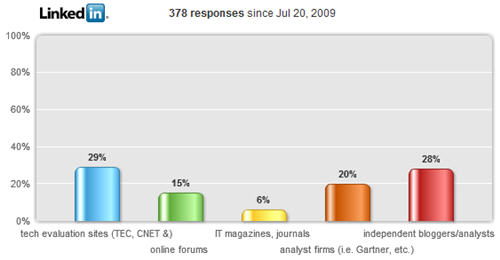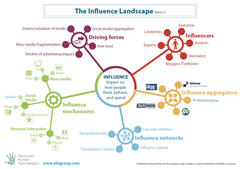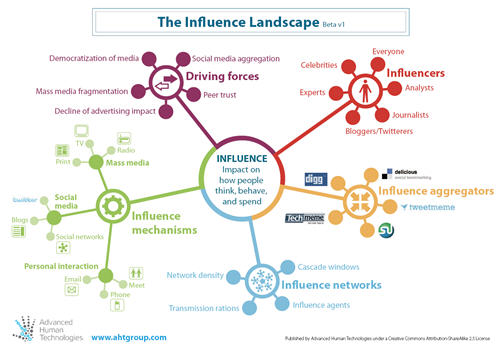Online media and independents drive business software buying
SAP4SME, a diversified social media initiative from SAP to reach the SME market, is generating a variety of interesting content.
At 2pm US Eastern time today SAP is running a webinar: “The Stimulus Package: What Does it Mean for Your Business?” which examines how small to medium enterprise can best tap the US federal stimulus package (see also my earlier note on this).
On the SAP4SME LinkedIn group site there is a survey asking:
“Who do you trust most when making a business software purchasing decision?”
The results are very interesting, with 400-odd respondents, though it may not be a fully representative sample.

The stand-out most influential sources are the online technology media such as ZDNet, and independent bloggers and analysts, considerably ahead of the major analyst firms.


